“Let the Right One In” is a beautiful and poignant tale about loneliness, otherness, and the power of love and acceptance.
2008 was the beginning of a new dawn of vampire mania that would grip the world, but definitely the US, for years to come.
As much as I would love to say that Tomas Alfredson’s Let the Right One In, based on the novel of the same name by John Ajvide Lindqvist, was responsible for the craze, we owe it all to another movie that came out that same year: Twilight.
I just so happened to be a teenage girl at the height of Twilight-mania, and I don’t feel any shame in admitting that my friends and I were all about it. (Even if we did give up on the movies by the time the last book came out.) Finally, we had a sexy, moody vampire for our generation to latch onto — since, tragically, a lot of people my age weren’t really clamoring over Gary Oldman. For us, Twilight was a tragic tale of two people who couldn’t be together despite being in love, paired with the tantalizing notion of truly being young forever.
No matter who you were, you knew about Twilight in some capacity. It was inescapable. And even when the critiques began to roll in, the fandom soldiered on.
On the other hand, Let the Right One In flew under the radar (though its American remake, Let Me In, would go on to pull a decent number of viewers).
Unlike Twilight, the Swedish film was raking in awards and glowing reviews, but it wasn’t able to seep into the cultural zeitgeist.
Why not? It, too, was a vampire love story circling around isolation.
I would imagine a lot of it really boils down to reliability. While Oskar is a child merging into a teenager, Bella is a teenager who feels like she is merging into adulthood. High schoolers are stuck at an age where someone being four years younger is completely unreliable. Yet, being four years older, and seen as a proper adult, is distorted through rose-colored glasses.
Even then, maybe it would have connected if people had wanted to relate to Oskar.
Both of the films’ main characters are children of divorce, living a life of isolation and misunderstandings. But the way they are portrayed is very different. Bella is an outsider mostly because she wants to be. Sure, when she first moves to Forks, she’s worried about fitting in and adjusting. But she remains aloof, centering herself as an oddity, not an ‘other’.
The difference between her and the girls local to Forks is that she isn’t like other girls. She’s quirky and clumsy; she likes old movies and classic literature. Her appeal is so unique that it attracts Edward Cullen, who is desired but unreceptive to everyone but Bella (yes this was the beginning of the “pick me” era).
Oskar is an actual outsider.
In a desolate frozen landscape, he had always been even more isolated and glum than the environment.
The boys at school think Oskar is weird and bully him relentlessly – to the point where he often wets his pants. While Bella turned her loneliness into an appreciation of art, Oskar harbors the anger and pain of not fitting in. He daydreams about killing his bullies and develops a fascination with the brutal crimes we soon learn are connected to his vampire love, Eli (pronounced like Ellie). For Bella, getting the attention of Edward was a badge of honor, but Oskar finds a safe haven and counterpart in Eli.
Oskar is a representation of the feelings we hate, even if we love and sympathize with him and cheer for his inevitable revenge.
And Oskar does get delicious revenge.
We could say that maybe the violence of Let the Right One In also put up some barriers on its way to mainstream success. Twilight posits an imminent danger, both in Edward and in other vampires, but the rare glimpses of violence are neutered – easier to digest for mainstream audiences who aren’t used to seeing much blood.
The intensity of physical attraction takes the main stage instead.
Like Oskar, Let the Right One In became an outcast all its own – only beloved by horror fans.
The film — like the book it is based on — centers on Oskar, a lonely boy with well-meaning but somewhat absent parents. His prime idea of entertainment is daydreaming about creating an end to an onslaught of suffering brought on by his bullies.
Then comes Eli. A pale girl who has moved in next door with a man who is assumed to be her father, she is alone, too.
Though she puts on a front of disinterest at first, telling Oskar that she cannot be his friend, the two soon become good friends and even communicate in morse code through the wall that connects their rooms. And when Eli eventually learns about Oskar’s bullies, she is the first to encourage him to fight back.
When that plan comes around to bite him in the end, she then becomes the one to save him.
Another layer of otherness that Let the Right One In deals with that Twilight doesn’t touch, is sexual orientation.
Oskar has seemingly never really thought about his sexuality, and at first, the introduction of Eli doesn’t really call for him to examine his feelings. After all, she is presented as a young girl. But Eli goes to great pains to show Oskar who she really is.
Though Eli accepts being called a girl, she outright tells him that she isn’t one.
The book goes into greater and more horrific detail on this subject, while the movie briefly flashes Eli’s scarred, smooth, genitalia.
As Eli would put it, she is “nothing”. But Oskar doesn’t really care. He loves Eli, so if Eli is nothing, that’s what he loves.
And of course, there is sinister sexuality lurking through the film in the form of Hakan. The character is an unfortunate glimpse into what could, and might, become Oskar’s future.
He is who cares for Eli, who everyone believes is her father. But instead of a paternal figure, he is hopelessly in love with her; to the point where he would gladly disfigure himself with acid before anything bad could befall her. His pleas for her love aren’t returned, and his focus on younger boys grows with the rejection.
But in the end, Hakan is just a possible offshoot for our loner.
Eli isn’t disgusted by Oskar like she is with Hakan. There is real love between the two of them.
As the two take the train out of town together, we don’t know if he’ll be turned into a vampire to be with her forever, or if that’s even something he wants. All we know is that for now, they’re happy together. I think that’s a pretty good love story, don’t you?


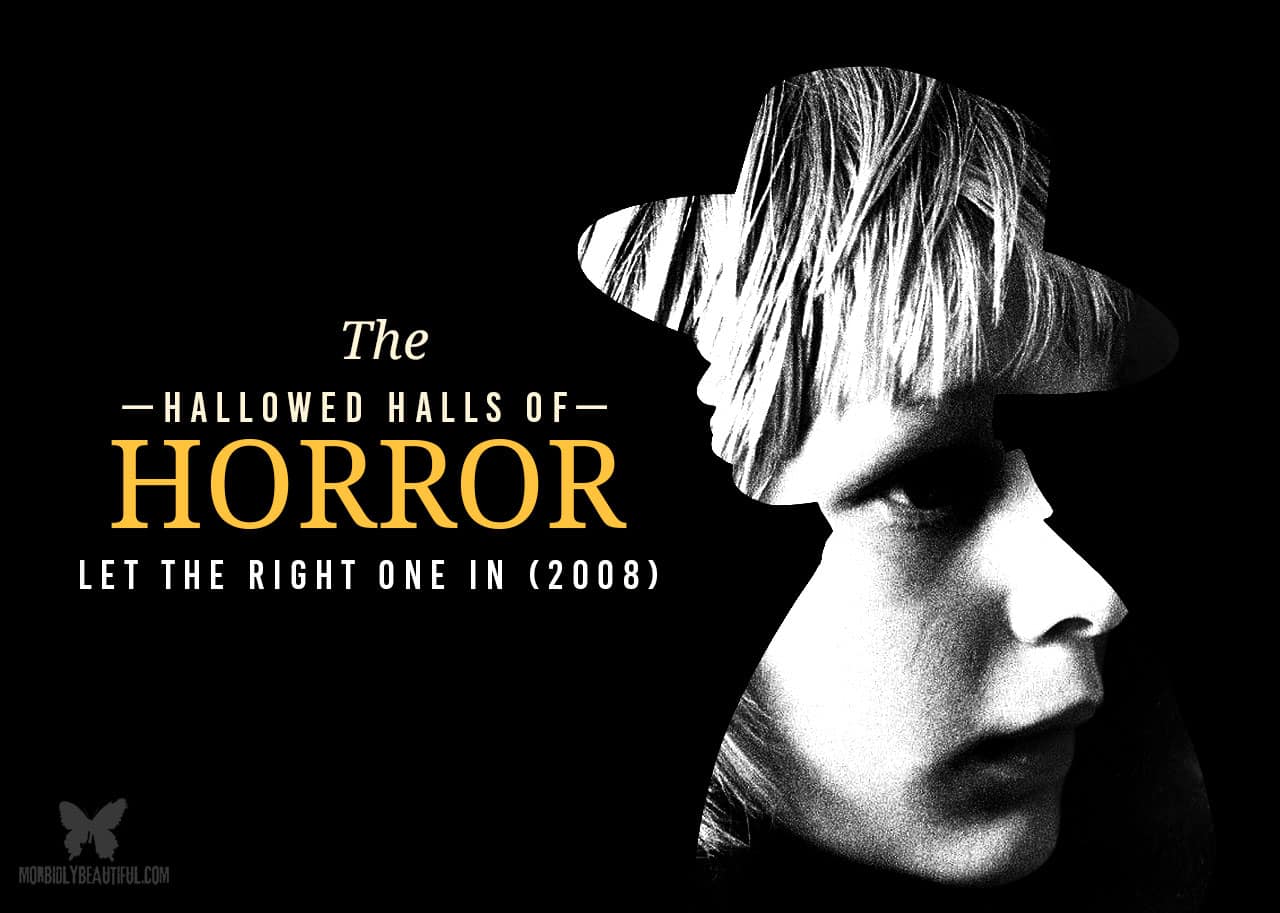

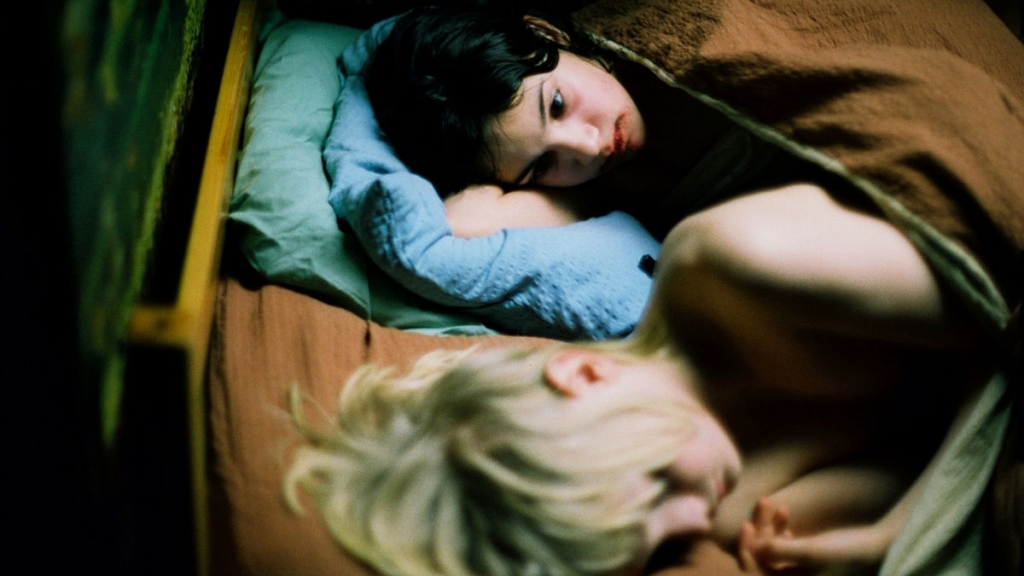
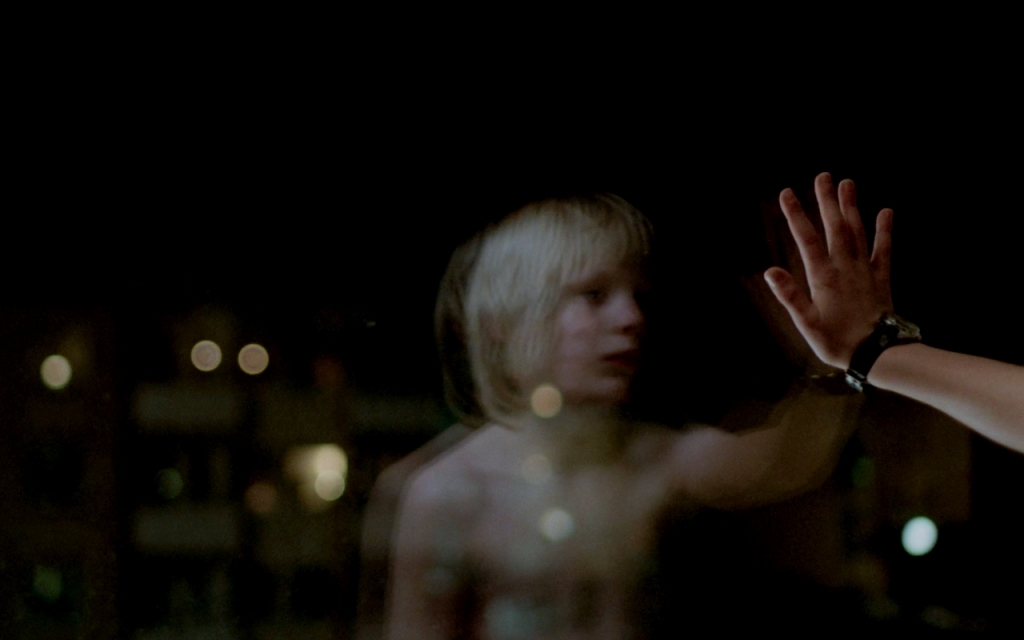
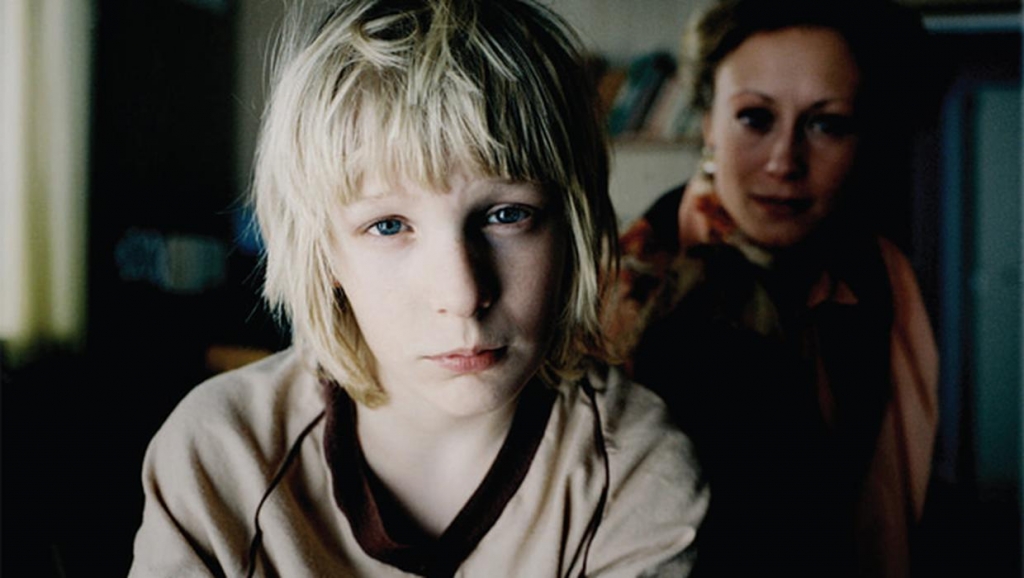
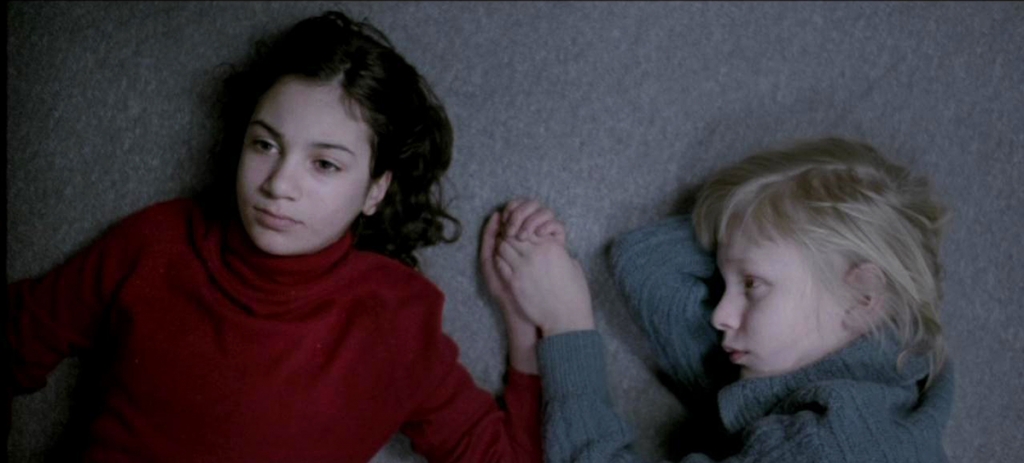
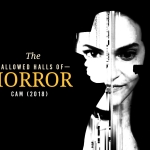










Follow Us!